Have you ever seen a beautiful pair of eyes and wondered about the sheer marvel that nature is? The Australian Shepherd is one such marvel of God’s creation.
Popularly known as the ‘Aussie’, the Australian Shepherds are great ranch dogs. Ranch dogs are dogs that are intentionally bred to look after cattle or herd in a huge farm.
What set the Aussie apart from other dogs are their eyes. Their eyes can be considered as a unique distinguishable characteristic of the Australian shepherd. Their eyes are often a blend of different colors.
Are you thinking to get an Australian Shepherd? Or you already own one? Dig in for more and find out everything you need to know about this wonderful breed.
Table of Contents
Australian Shepherd Pictures
Quick Facts

Avg. Weight: 55 – 70 lbs (male), 35 – 55 lbs (female)
Avg. Height: 20 – 23 inches (male), 18 – 20 inches (female)
Life Expectancy: 13 – 17 years
Dog Group: Herding Dogs
AKC Rank: 17/193
At A Glance
The Australian shepherd is a medium-sized dog breed. Males and females slightly vary in weight and height.
Male- 40 to 70 lbs. and 19 to 23 inches in height.
Female – 35 to 65 lbs. and 18 to 22 inches in height.
No, not at all, these dogs need a big backyard or garden to play and run around. They are herding dogs meant to be in spacious fields and farms. Apartments can limit their play area.
Oh! This dog is just the best choice for families. They love humans and create strong bonds with their families. Extremely friendly, loving and playful an Australian shepherd will fit just perfect in your family.
An overall friendly breed the Australian shepherd is pretty great with other animals as well. If you have other pet dogs or cats an Aussie is more than likely to easily bond with them.
Australian shepherds tend to bark often. These dogs are energetic and physically very active. They can use barking as a weapon to get rid of something. They may also bark at anything slightly strange happening around them.
Aussies can tolerate both hot and cold weather really well.
Cold Weather Tolerability – Their thick fur makes it easy for them to bear the cold weather and an Australian shepherd also enjoys the cold weather.
Hot Weather Tolerability – These dogs have a thick fur plus a double layered coat that acts as an insulator for them in hot weather.
Very intelligent and trainable, Aussies are very easy to train as they use their quick-wit and intelligence to complete given tasks. Their intelligence makes them very trainable and fun at learning new tricks.
These are herding dogs and ranch dogs so without a doubt they need a lot of exercise and playtime. They are active, energetic and ever-ready to play or just run. Stamina strengthening exercises are a must for these dogs.
The Aussies have a double layered coat and thick fur which requires daily brushing and getting rid of dead skin. In winters, the brushing can be done once in a week.
The Australian shepherd is not hypoallergenic. The thick furred pooch can cause dander related allergies for people sensitive to any allergies.
Considering that these are very active working dogs the lifespan of Australian Shepherd is long and they can live as long as 13-15 years.
The price for Australian shepherd in USA is $600 to $1000. In India it can range from 35,000-45,000.
“The Aussies have very interesting eyes. Their eyes may be brown, amber or crystal blue but it is not unusual to see this dog with one of a different color than the other (a condition is known as heterochromia iridium).”
About Australian Shepherd

The Australian shepherd, popularly known as the “Aussie” is a beautiful furred medium-sized dog breed. With a nice and thick furry coat, beautiful eyes, legs a little slimmer than the body an Aussie can be easily recognized.
This is a well-built, rustic dog. They have standing ears which are slightly rounded. Their coat is thick, medium textured a little wavy but soft. Also, the males have a mane and frill more pronounced than the females.
These dogs belong to the herding group and are very intelligent, energetic, playful and protective. They are strong and muscular and very suspicious of strangers. They stick to their herding nature and are great work dogs.
This dog loves to be busy. The Australian shepherd tends to be very excited and happy when they have a task at hand. Give them a problem and they will put all their might in solving it.
An Aussie will still behave like a puppy even when fully grown. They are just happy and playful like that. Even though a puppy at heart, these dogs make excellent and courageous watchdogs.
Their eyes are their best characteristic. The Australian shepherd has eyes of different colors. Some have the same color for both eyes while others have different colors for each eye.
These dogs are widely popular because of their playful and easy-going temperament. Intelligent, active, energetic, great watchdogs and very adorable an Aussie is the perfect dog for families.
History
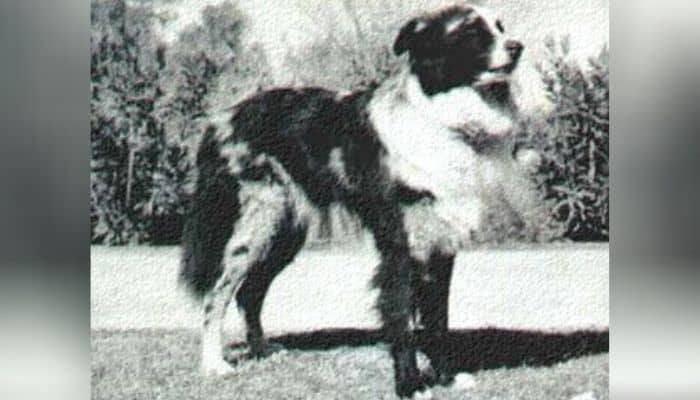
Despite Australia in its name, the Australian shepherd has its roots in the United States of America. It was developed in the United States long back in the 19th century.
Why the Australian shepherd has ‘Australia’ in its name is still very uncertain. However, some people believe that the Australian workers that came to the U.S might have some connection in the breeding of the Australian shepherd in America.
It was originally bred on the ranches in America. The American ranchers intentionally bred these dogs to look after livestock and herds. They were very good at guarding anything and are highly suspicious of strangers.
The Australian shepherd is believed to be the descendant of the old German herding dogs. This breed shares similarities with the Border collie and English shepherd breeds. In fact, the Border collie and the Aussie are related to each other.
Even with all the relativity with the Border collie, the Australian shepherd was not developed by using a Border collie. They still share a slightly distant connection with other types of Collies found in Europe’s Basque regions.
This breed gained popularity when horse riding boomed during the World War II. These dogs were then known by the general public through these horse shows, rodeos and Disney movies.
Facts Theatre
Parenting Guide
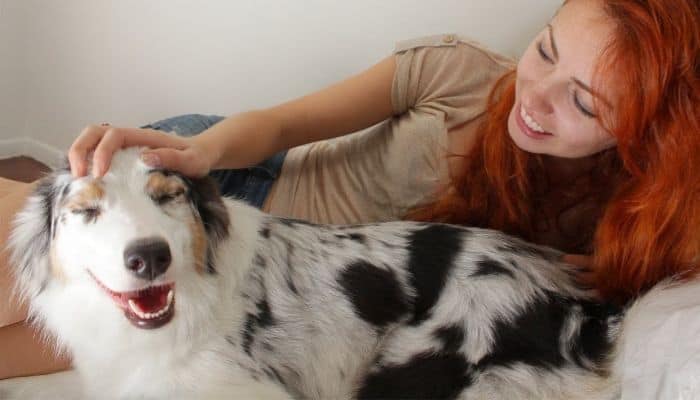
The Australian shepherd or the Aussie is a tough ranch dog. There are some things to keep in mind when brining this ranch dog home.
- These are tough ranch dogs or herding dogs so take care of their exercise needs and make sure they have plenty of area to play around.
- Give them some time to get familiar with the surroundings and then start socializing them, starting at an early age.
- These dogs need a lot of playtime to stop them from getting bored. Play fetch or Frisbee with them or take your pup for a long run.
- During the spring and fall season your Aussie might shed a lot and will need more care and attention. Brush them frequently and give them warms baths during the heavy shedding time.
- These dogs can take care of large herds alone so that way they are very intelligent and their intelligence needs to be tested often. So keep them busy with tasks which need problem solving. They will love it.
- Your Aussie will also make a great exercise companion to you. You can sync your personal workout routine with this dog’s routine and you both can have fun and stay fit together.
Care
If you get an Aussie or already have one you will need to make a care routine for them to have a happier, healthier and a longer life. This breed needs proper diet and exercise routines. Here’s how you can take care of your Australian Shepherd:
- Treat them and supervise them as you would look after a toddler. When indoors keep doors closed, pick up fallen things thus, avoiding them from putting anything unwanted in their mouth.
- They are easy to groom so make sure you brush them well once in a while. Don’t over bathe this dog.
- Brush their teeth once in a week. They have naturally good teeth but brushing them can assure healthy teeth forever.
- They have standing ears so do clean their ears once in a week.
- These are very smart dogs loaded with energy. Keep them busy, play with them and keep them occupied and active.
- The Australian shepherd’s diet should be consistent and not varying a lot. Don’t give them human food to consume.
- Decide their diet according to their age and feed them high-quality nutritional and a rich diet.
- Do exercise your Aussie regularly. They are smart herding dogs, do mental stimulation exercises with them.
Personality & Temperament
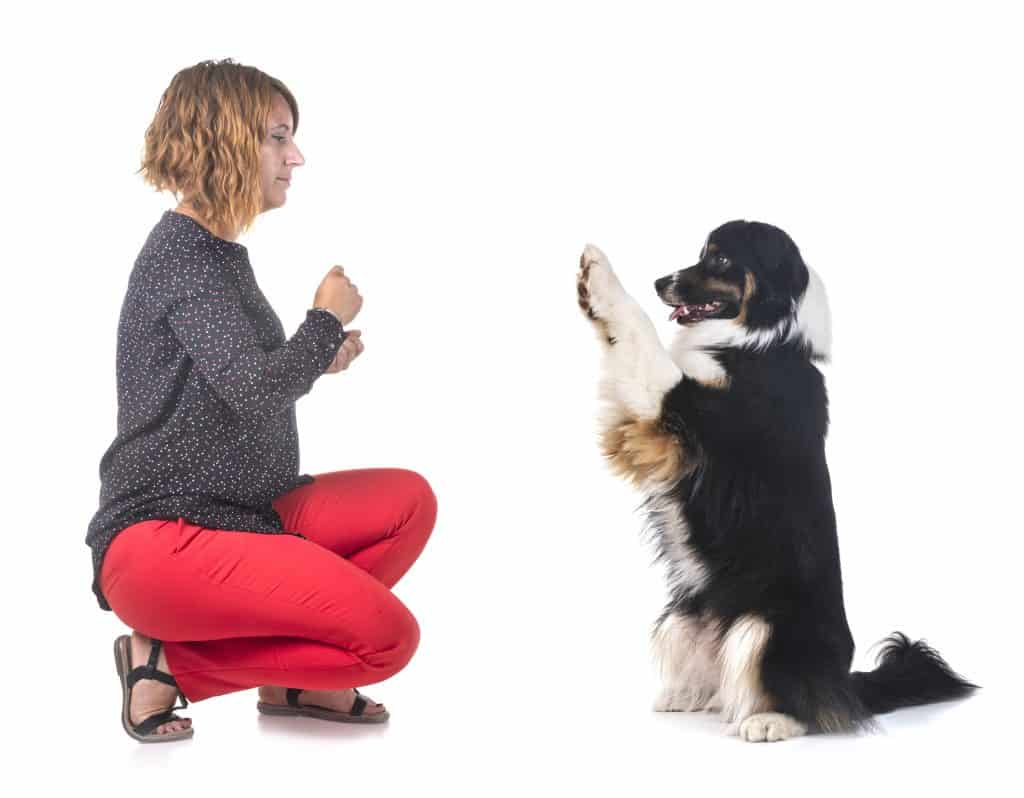
Every dog is different and so are their personalities. The Australian shepherd may also have a varying personality but generally this is a highly intelligent breed. They can be called the smartest of all dog breeds.
This dog needs and loves human companionship. They are great for families and will get along well with all the members in a family. They tend to get very protective of their owners and families.
Some Aussies can be very outgoing and friendly while some can be shy and reserved. Around strangers, this dog can get very suspicious or very shy. However, in any situation these dogs just love human interaction mostly with their families.
The Australian shepherd has a normal temperament. They are mostly loving and playful. But they don’t like sitting idle. If they are bored or annoyed they might get all cranky and mischievous to a level that starts bothering humans.
Do not leave your Aussie alone for a long time. This will make them irritated and they will crave more human attention and might bark more often and become destructive. Do not anger these dogs purposely or unnecessarily.
This dog has demands and if you are able to meet their demands they are just the best dogs one can ask for. These are forever happy dogs and will willingly do anything if asked politely.
These intelligent problem solvers need a lot of physical and mental stimulation. Without it they cannot function. They will require new tasks to be busy and engaged. They love anything that is challenging and requires their full attention.
The Aussies can be super clingy. They have this never-satiating thirst for human attention and companionship. They will want you to include them in everything you do. As much as they love being outdoors, they also love staying indoors with their humans.
The Australian Shepherds make great search and rescue dogs. Many Aussies, were used in the search and rescue works after the 9/11 terrorist attacks.
Colors & Grooming
When it comes to the colors of Australian shepherd there are many interesting colors of this breed. Which are – Black Tri – Black, White, Copper, Black Bi – Black and White, Red Tri – Red, White, Copper, Red Merle with Copper and White Trim, Red Bi – Red and White, Blue Merle with Copper and White Trim, Tan and Copper.
Now that you know the personality and temperament of the Australian shepherd, let’s talk about their Grooming needs.
The grooming for this breed is easy and affordable. Starting from their coat, daily brushing is very important to keep their skin and coat healthy. Aussies are moderate to heavy shedders depending on the season and need brushing accordingly.
Brushing your dog’s coat weekly is a part of normal grooming. Whereas, brushing their coat daily is required during the spring and fall seasons. Brushing assures that the dead skin is gone and stimulates the skin to remain healthy.
Use a good slicker brush to brush their coat or a long tooth undercoat rake. Always brush in the direction of the hair on the coat. Use the undercoat rake to check if the coat is well brushed up to the skin.
Also, always lightly trim their hair with a 42 to 46 sized thinning shear. Do trim their feet, tail, hair on ears and legs. Other basic grooming needs are trimming nails, and cleaning ear wax twice or thrice in two weeks or a month.
Feeding
The forever happy and playful Australian shepherd needs energy to stay active. This energy is reliable on food and they need a proper and good amount of food to stay healthy.
Puppy – (4 to 6 months)
Diet for an Australian shepherd puppy should be high-quality and nutritious. Puppy food should include whole proteins like chicken and beef. Try including healthy fats in their diet.
Feed them 3 to 4 meals every day and 1 ¾ to 3 ⅓ cups. by the time they turn one, feed them only once in the morning and later in the evening. You can feed your Aussie four types of food; Wet food, Kibble, Homemade food, Raw BARF diet
Adult – (1 to 2 years)
By the time they turn one, feed them only once in the morning and later in the evening. You can feed your Aussie four types of food; Wet food, Kibble, Homemade food, Raw BARF diet.
An adult Australian shepherd will weigh around 35-60 pounds and need 3-4 cups of food daily.
You can feed them dry food as it is easy to store and it with also keep your Aussie away from accumulation of plaque in their teeth. Best dry dog food for an Australian shepherd is the Purina Pro Plan dry dog food.
Senior – (3 to 4 years)
At this age these dogs will need 2⅓ to 5 ¼ cups of food and 2 meals each day.
Many people opt for a frozen diet for their Aussies. The frozen diet contains raw meat and vegetables. They are available in the form of patties or cubes. Your Aussie will need 1 pound of frozen food each day.
You can start giving them frozen food when they reach adult phase that is when they are 1 to 2 years old.
Suggested: Senior Dog Food
These dogs should be fed with high-quality protein food with low grain.
| What To Feed | What Not To Feed |
| Carrot | Grapes & Raisins |
| Peanut Butter | Chocolates |
| Salmon | Onions |
| Egg | Garlic |
| Blueberries | Coffee & Tea |
| Chicken | Lemon & lime |
| Pineapple | Dough |
Health and Vaccinations

If proper care concerning the grooming, diet and exercise is not taken for the Australian shepherd they get prone to many health problems. Some of the common and likely health problems for this breed are:
Obesity
Obesity in the Aussies is very common and most likely to happen. This serious disease can worsen over time and cause metabolic issues, joint problems and heart diseases. Stick to their diet and portion size and never feed them a bite extra than the required and appropriate portion size.
Bone and Joint Problems
Many musculoskeletal problems are reported to have affected the Australian shepherd dogs. Both their hips and elbows are at a severe risk of developing dysplasia. As they mature stiffness of the hips and elbows is common.
They are also prone to develop the Legg-Calve-Perthes disease which is a painful degenerative hip condition.
Lymphoma
Lymphosarcoma or Lymphoma is cancer that affects the Aussies. In this disease the dog’s body forms abnormal lymphocytes (a type of white blood cells). This cancer can show up anywhere or in any part of the body.
It is a treatable with chemotherapy for dogs and has showed good success in the survival rate of dogs. A CBC test twice a year can help keeping a track of whether an Aussie has got the cancer or not.
Epilepsy
Epilepsy causes seizures in dogs. If your dog has metabolic problems or has developed brain tumors it can cause primary or secondary seizures in dogs. Epilepsy is a common genetically inherited health condition that can affect the Australian shepherd.
If your pooch has seizure problems an initial diagnostic workup should be done to help find the reason and stop it from developing into epilepsy.
Diabetes
Another common disease in dogs or the Aussies in general is diabetes. It is a serious condition and needs medical assistance at the earliest and administered regularly. If an Australian shepherd gets diabetes his/her body will not be able to regulate metabolism of sugars and will require insulin injections.
Important vaccinations for the Australian Shepherd are the regular “core vaccines” which are the:
- Rabies vaccination
- Parvovirus
- Distemper
- Adenovirus-2 (modified live)
Suggested: Guide To Dog Vaccination
“Some Native American tribes called the Aussie “the ghost-eye dog” (because of its unusually bright eyes) and they considered the dogs sacred and to be avoided.”
Frequently Asked Questions
Yes, you can keep an Aussie in the city. Some people are already raising this dog in big cities. This breed tends to like busy areas but it still depends on dog to dog.
Australian Shepherds are great family dogs. These are not just the caretakes and protectors but also the most loving and affectionate dogs who love their families. These dogs usually do not like socialising with other people for a long period of time and love to be with their families a lot.
A popular misconception is that the Aussies were bred by using Border Collies but that is very far from the truth. Border collies and Aussies are related but not bred using the former. The Aussies are actually considered to be the descendants dogs used by the shepherds such as the Pyrenean Shepherd or the Old German herding dogs.
- Yes! Australian Shepherd dogs are very smart. These intelligent working breed stands 66th in the rank of smart dog breeds known for their intelligence and adaptability for obedience training or working intelligence.
In the past Australian Shepherds did have tails but their shepherd owners docked their tails. Why they did so have many varied reasons. This resulted in the evolution of the Aussie to have a full-grown tail or a docked tail. Some Australian shepherds do have a full-grown tail while the other dog have a docked or bob tail.
Similar Breeds
Hello, Readers
That’s all about this beautiful eyed working dog, the Australian Shepherd. Hope you liked this article and it helped you know this breed a little better.
Feel free to ask us your doubts and also let us know your reviews on this article.
Share this with your friends on WhatsApp or Facebook.
Subscribe to our YouTube channel for visual and quick information about dogs.
Happy Petting to You Guys!



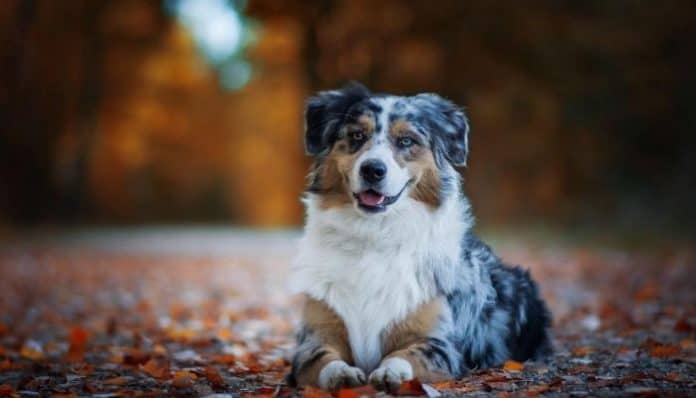

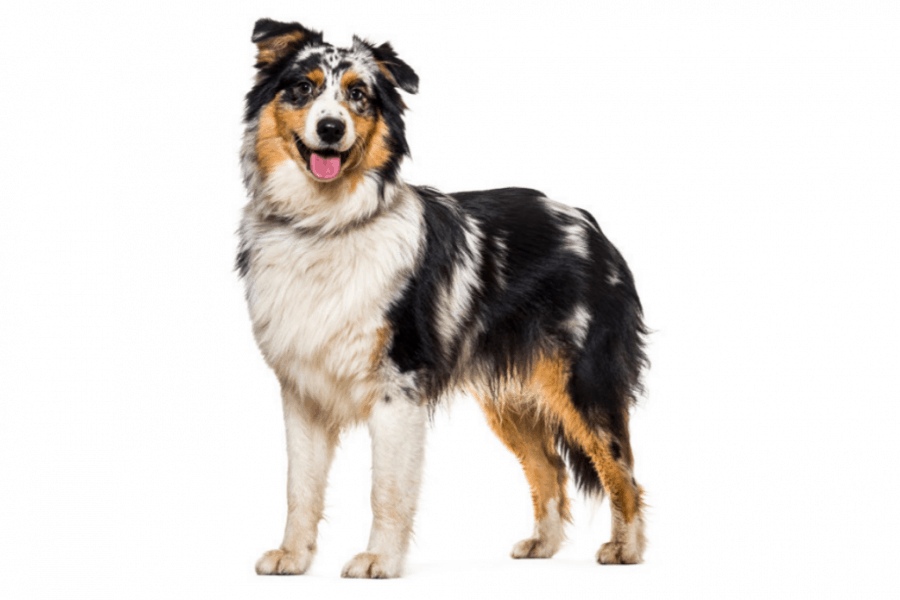
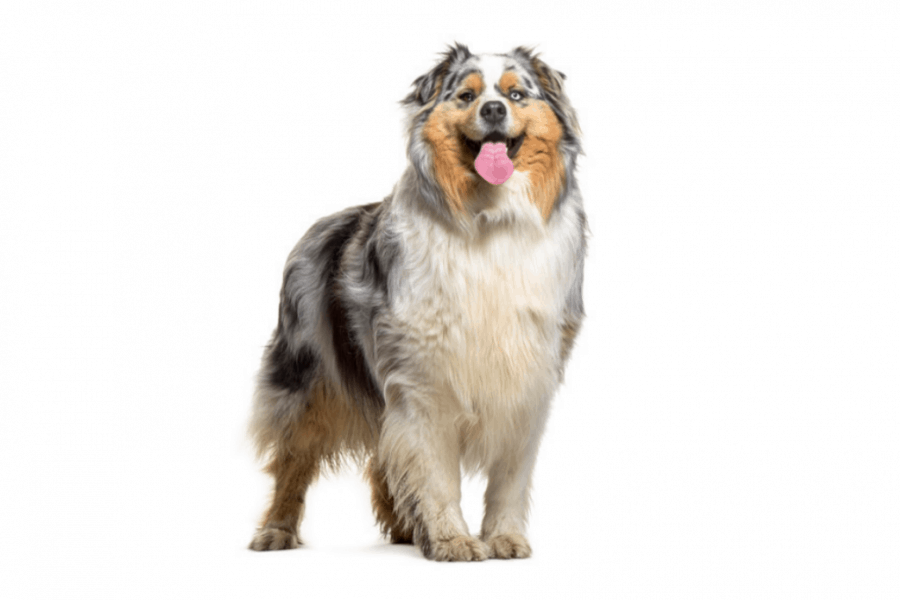
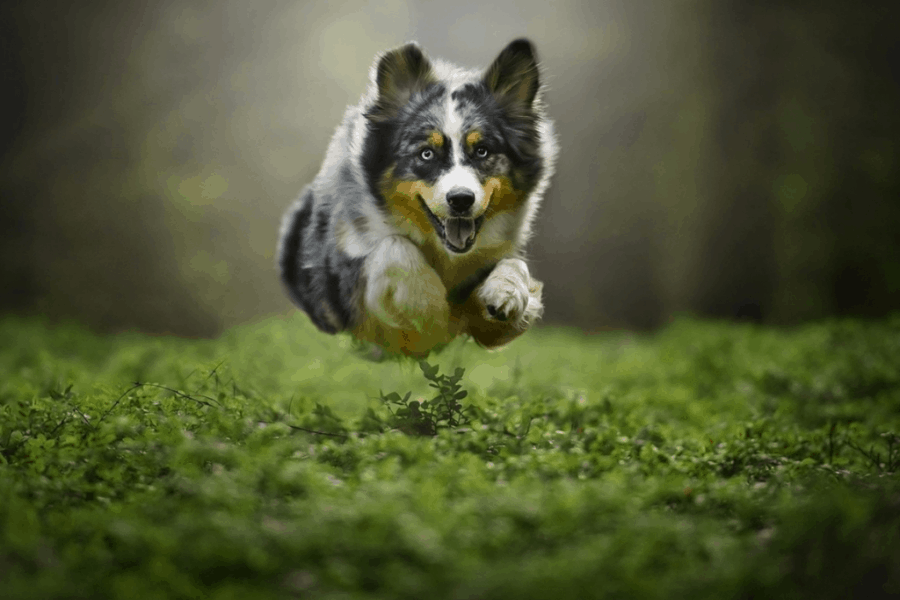
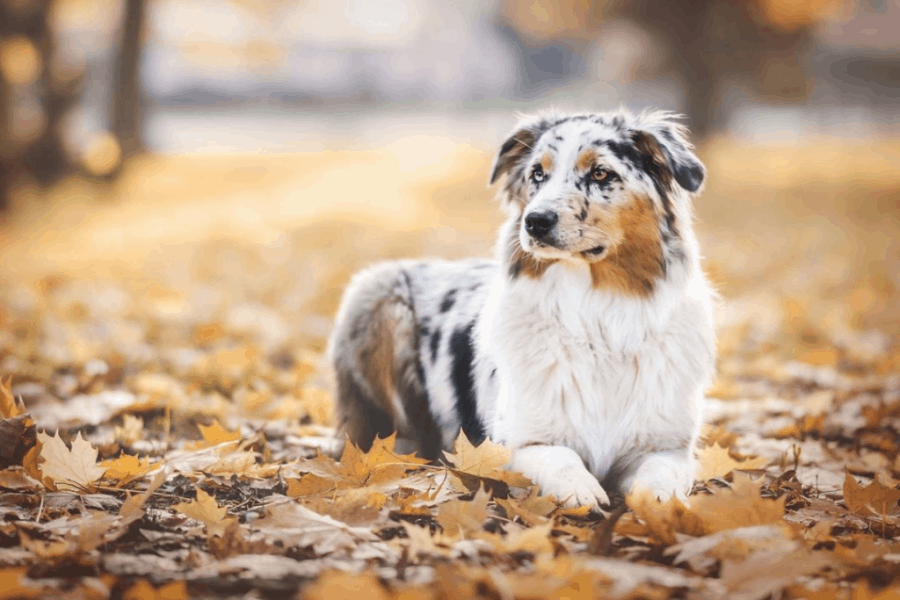
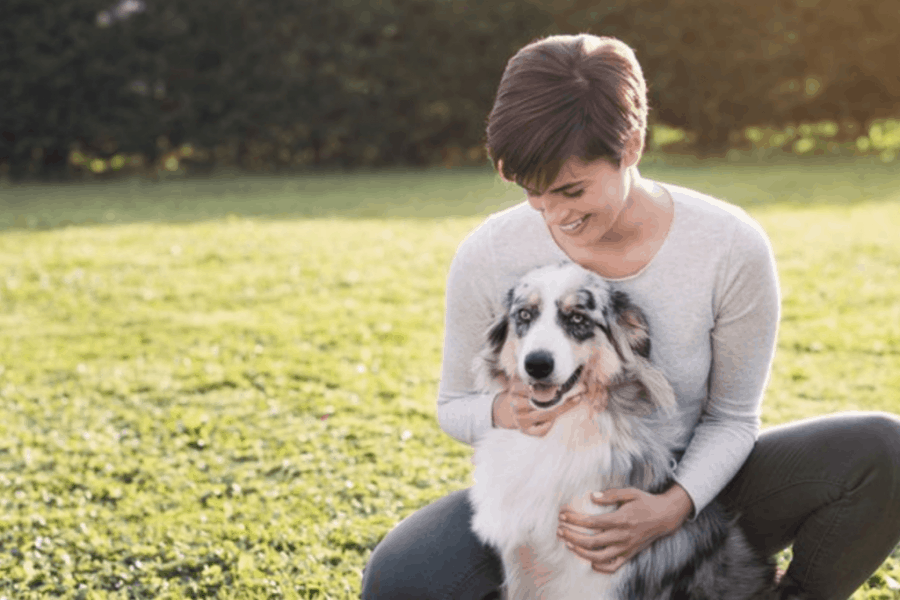

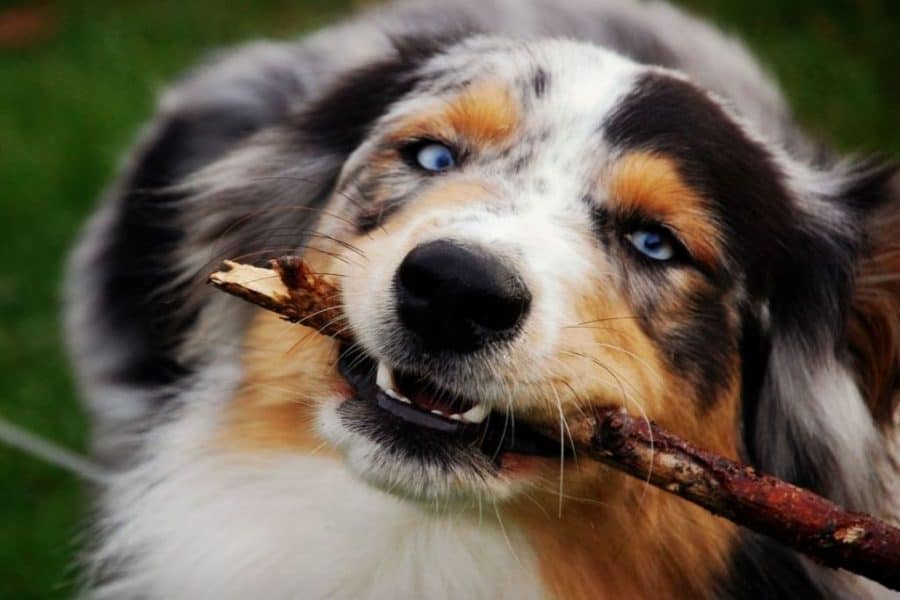
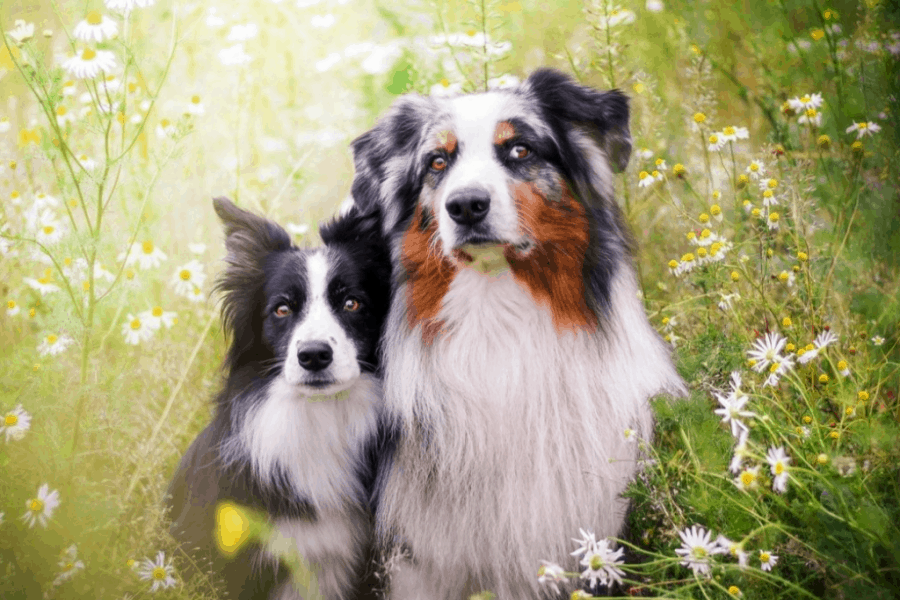
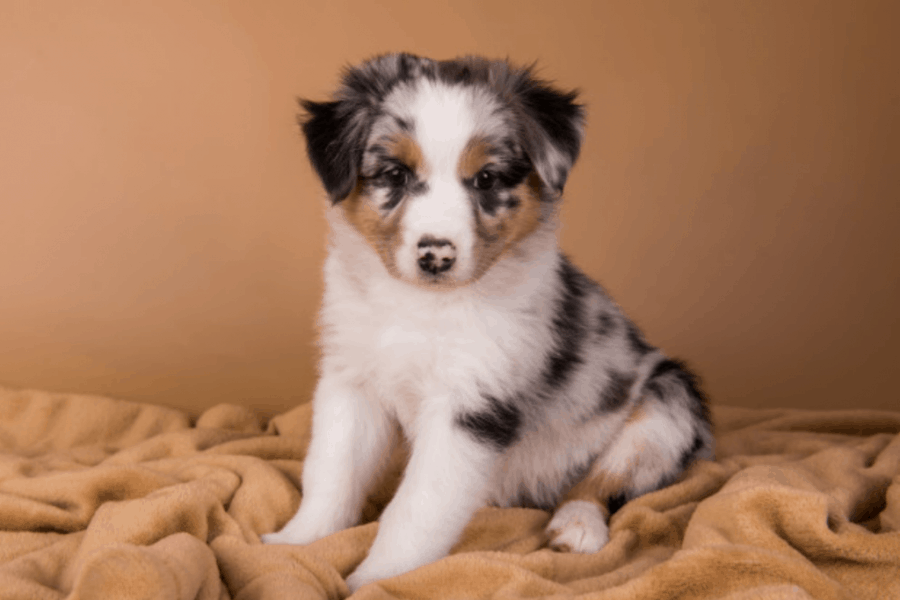

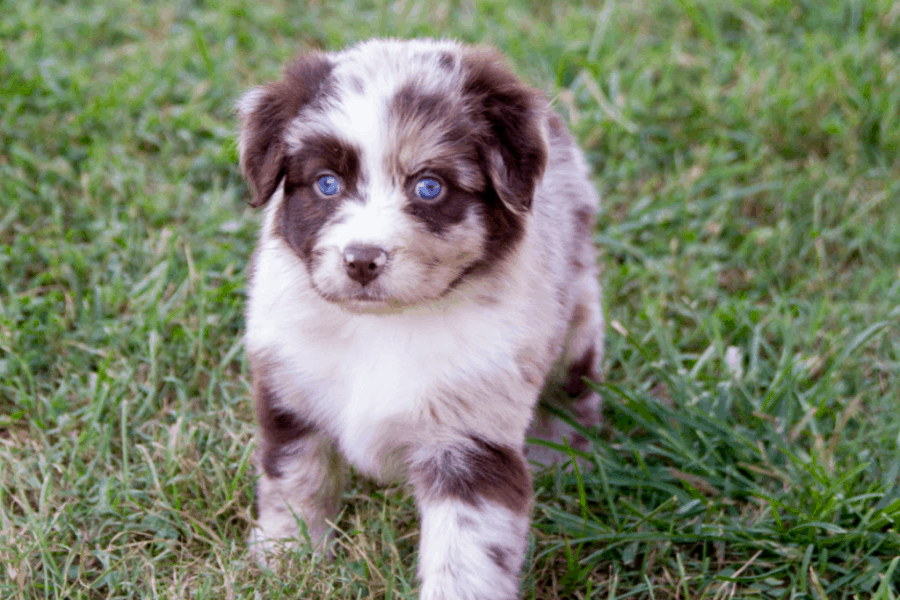
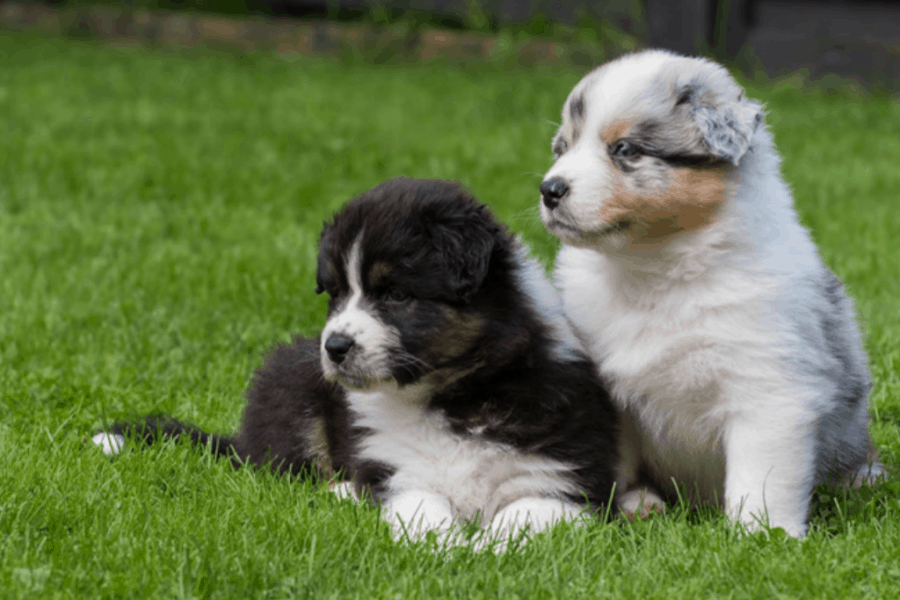

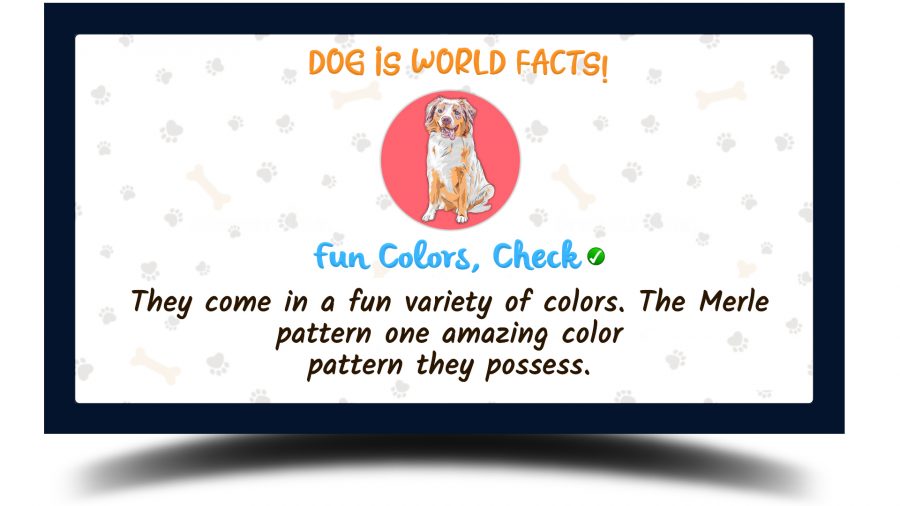
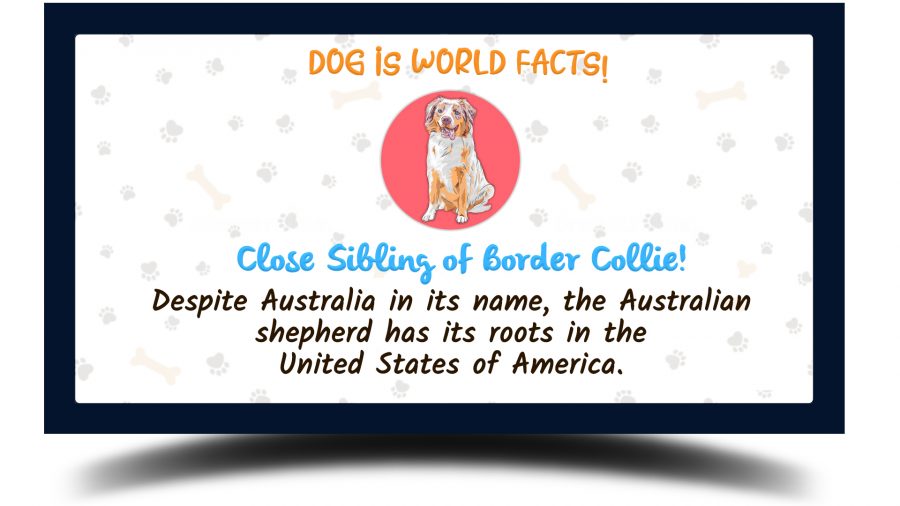
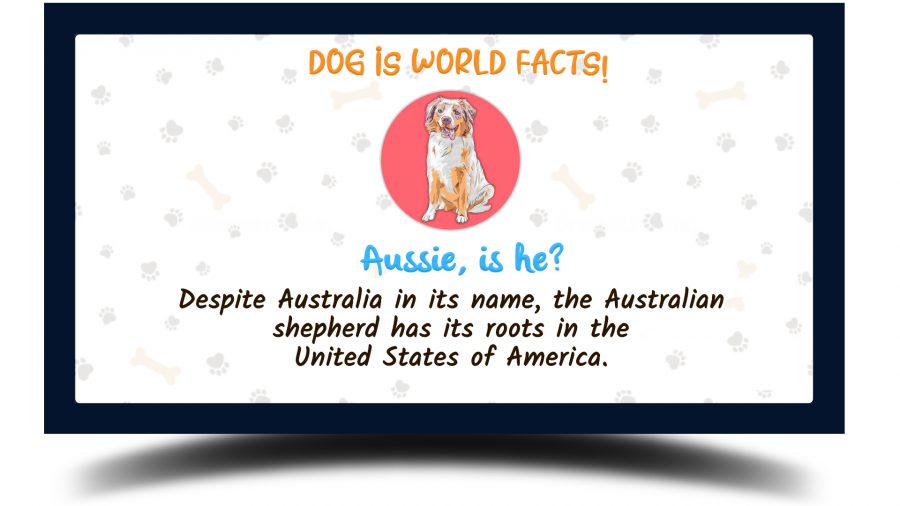
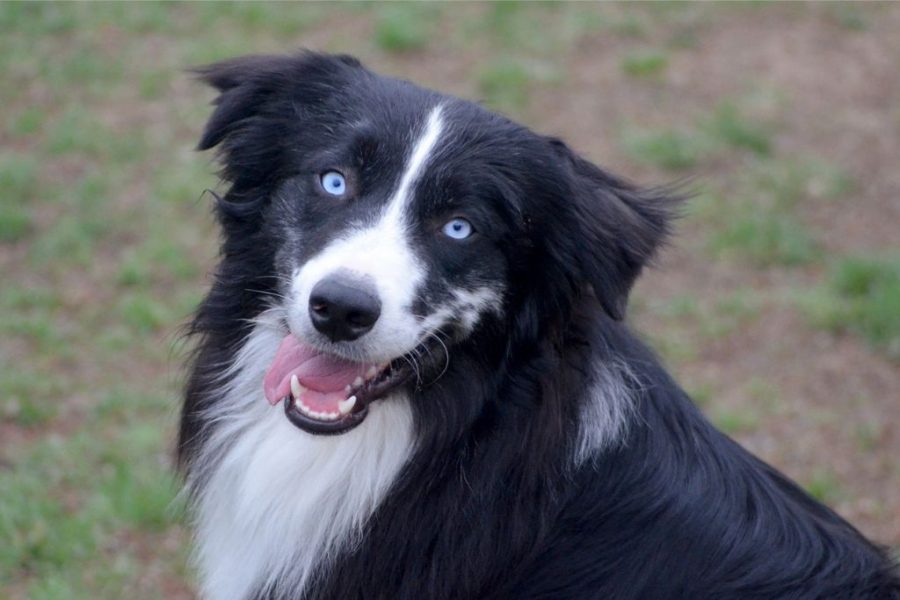
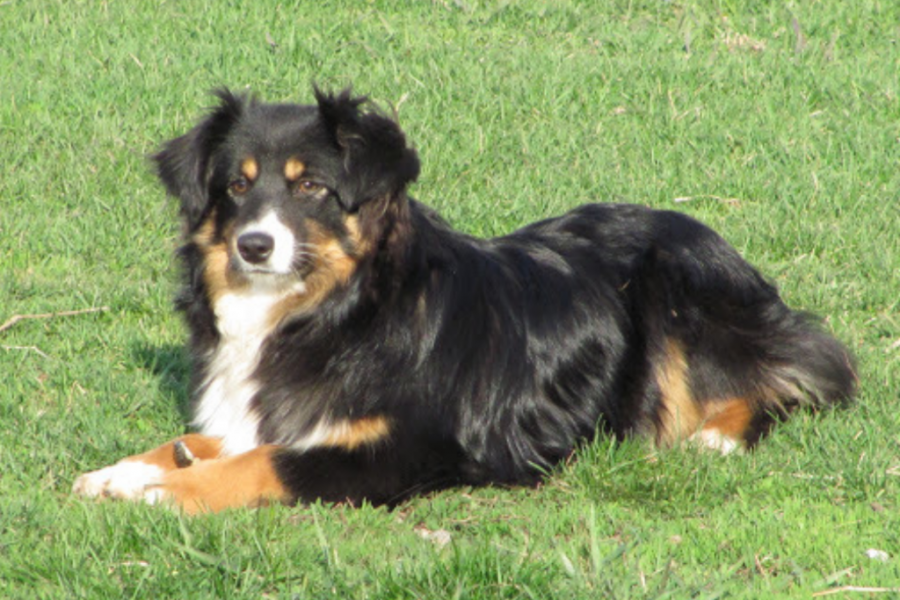
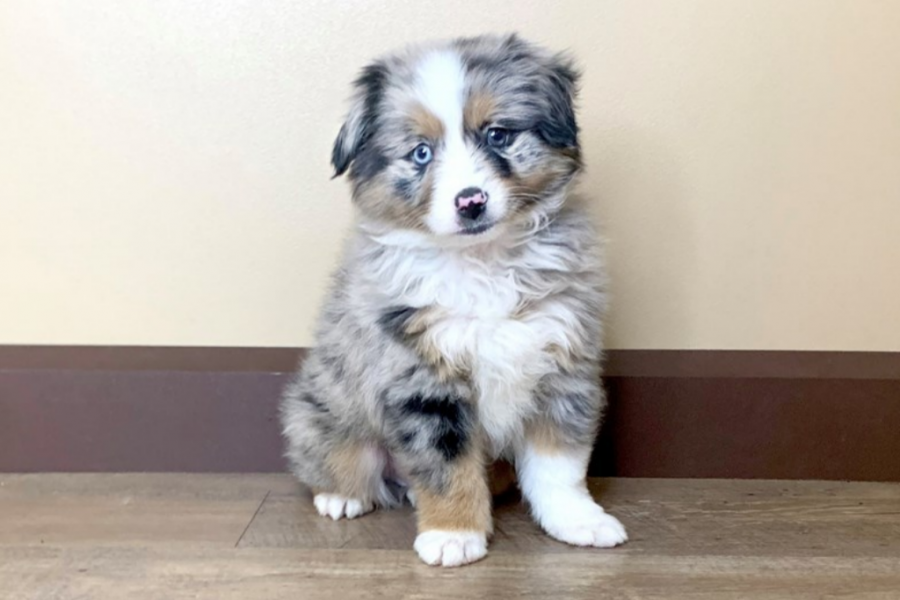
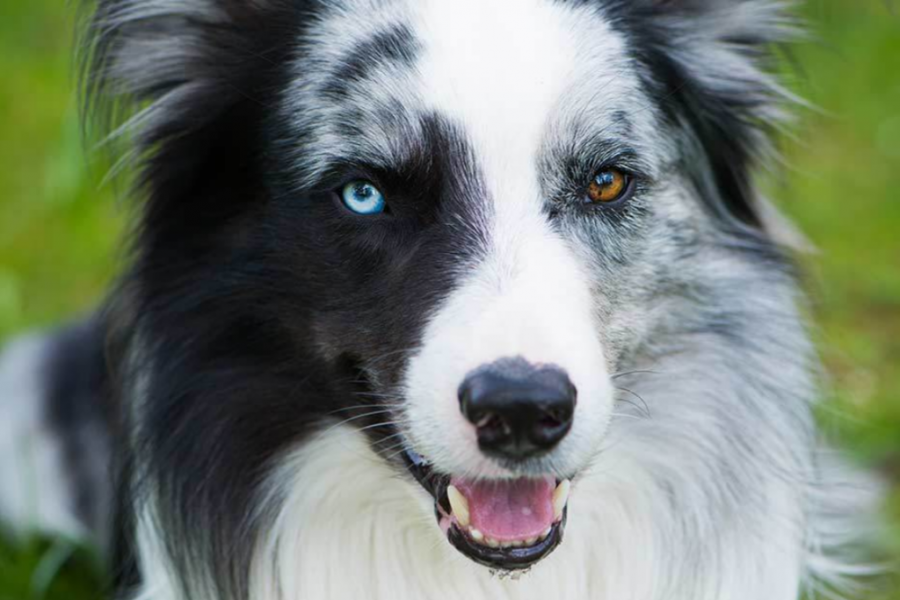
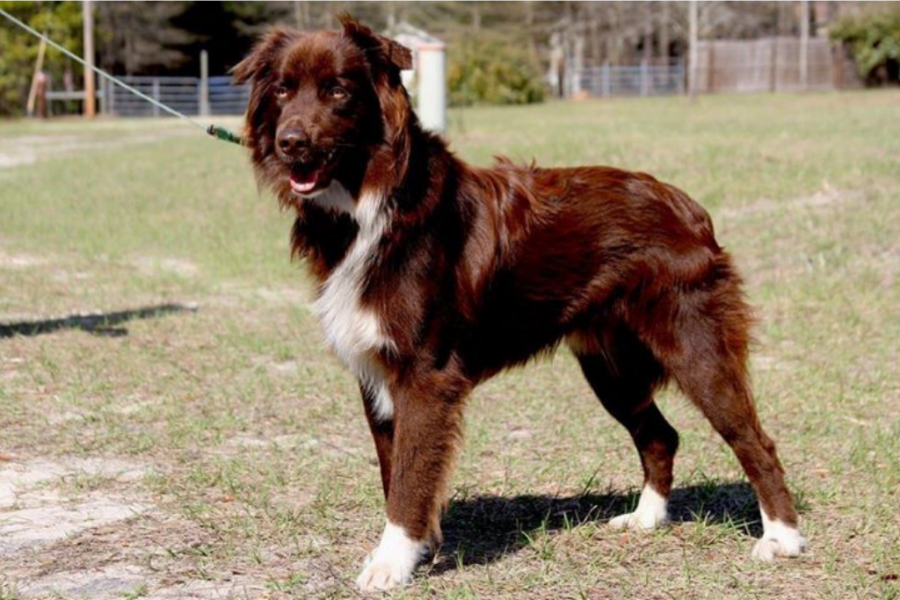
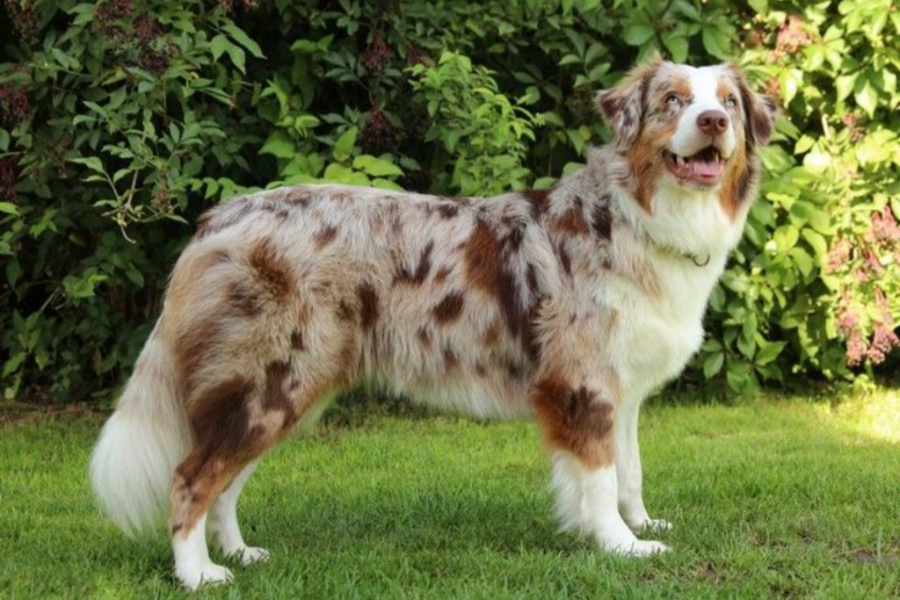
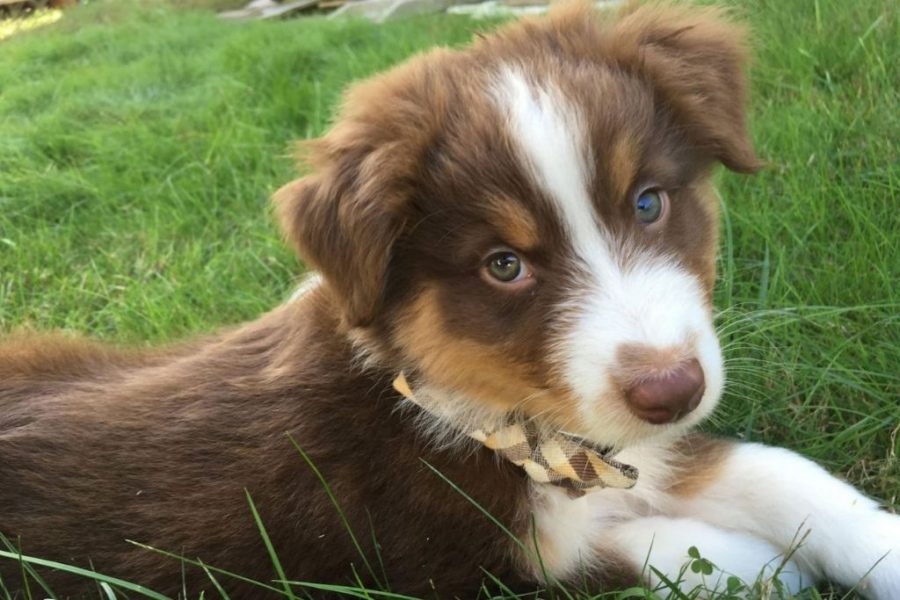
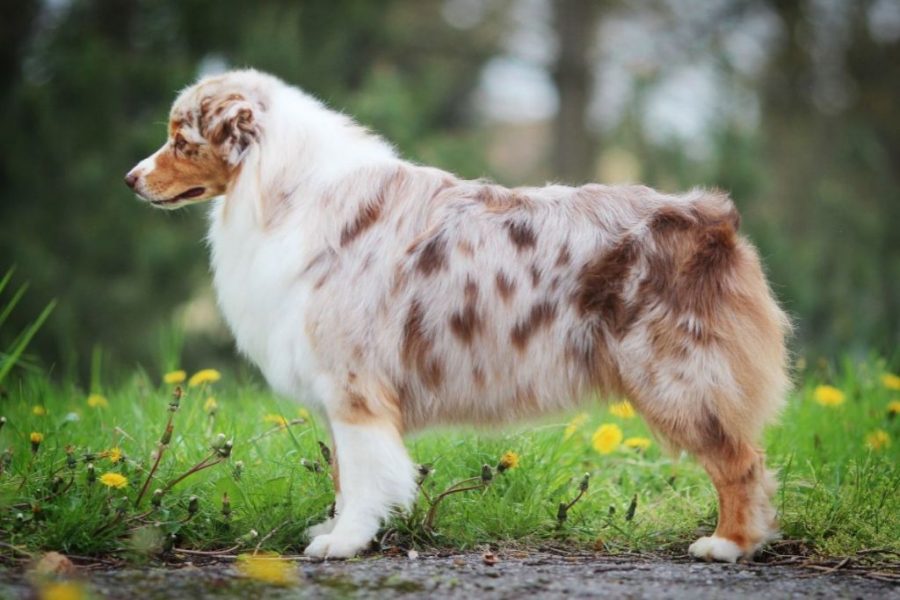








[…] A Mini Australian Shepherd is a smaller version of the popular Australian Shepherd breed. […]
I have to have one. Discovered these fantastically divine creatures on line 3 months ago. They’ve captured my heart.
Thanks for the happy thoughts! Nice to know that you are going to bring a smile on a dog’s face!
[…] Australian Shepherd […]
[…] Australian Shepherd […]